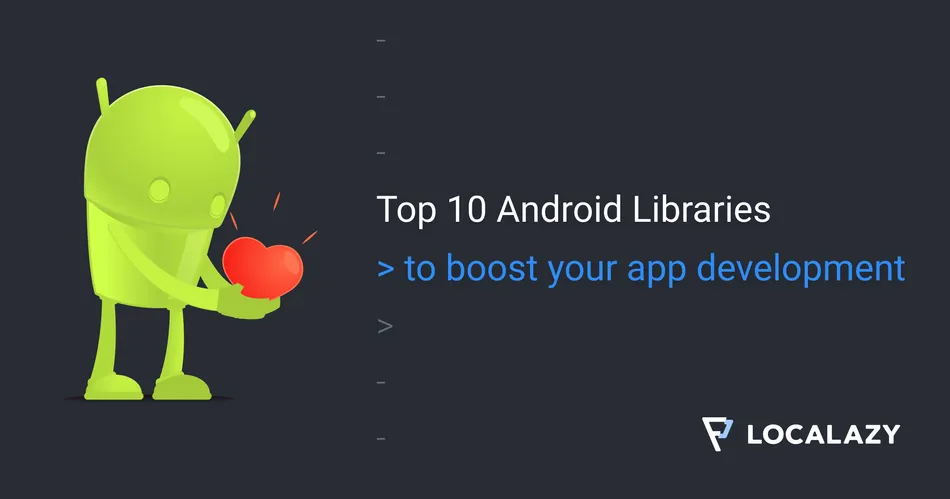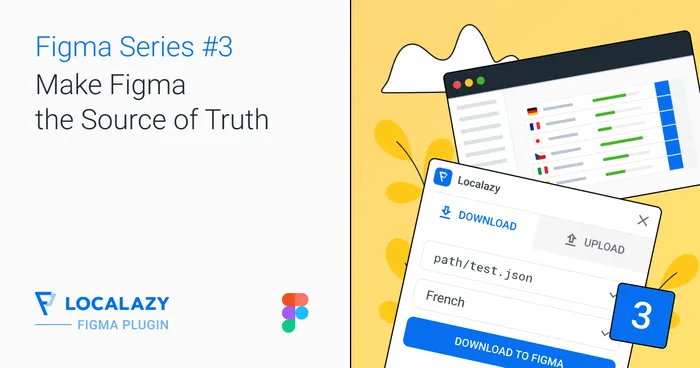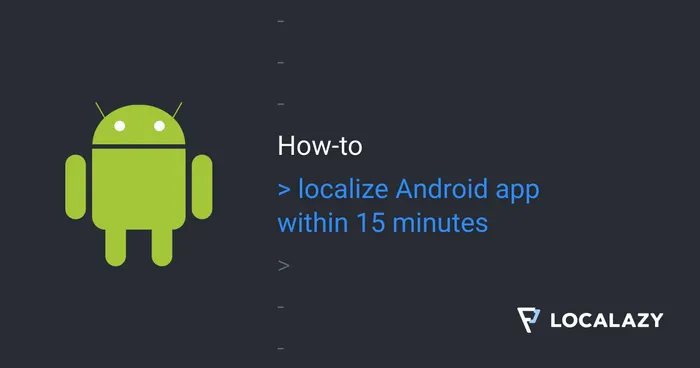As an Android developer, you have used a lot of libraries in your applications. With libraries, we leverage the efforts of other developers to perform some actions faster, more effectively, and with lesser boilerplate codes. Aside from all of that, libraries are there to help us speed up the development.
This article will cover various libraries from the different categories, including the most common ones we use in Android Application development.
🔲 Retrofit 🔗

A considerable amount of Android applications rely on communicating with a server or online stored database. The most popular one is Retrofit. Retrofit is a type-safe REST client for Android and Java. Previously, if you wanted to make a network request, you needed to execute an AsyncTask class and then use HttpsUrlConnection to fetch data, which was not ideal when dealing with APIs returning large data. Retrofit now resolves this.
GitHub: https://github.com/square/retrofit
🛩️ Glide 🔗

You need to show a list of images from an external source, but you end up with not properly loaded images or endless loading; the solution is here. Glide is a powerful image loader and one of the best new Android libraries for developers, and it is also recommended by Google.
Glide provides animated GIF support while handling image loading and caching and helps in fetching, decoding, and displaying video calls, images, and these GIFs, which is a wide amount of features.
This library primarily aims to make the scrolling process for any list of images as smooth as possible. It is also effective in case you need to fetch, resize, or even display a remote image.
GitHub: https://github.com/bumptech/glide
📊 MPAndroidChart 🔗

MPAndroidChart is a powerful Android chart/graph view library. It supports many different views such as line, bar, bubble, pie, radar, and candlestick charts, along with scaling, animations, and dragging.
This library is relatively easy to integrate and use. Fully customizable views and a pretty extensive range of features will definitely leave you speechless.

GitHub: https://github.com/PhilJay/MPAndroidChart
🗂️ Room 🔗
Room is now considered a better approach for data persistence than SQLiteDatabase. It makes it easier to work with SQLiteDatabase objects in your app, decreasing the amount of boilerplate code and verifying SQL queries at compile time.
This library features a beautiful API that is pretty similar to Retrofit, so once you are already using one of them, you won’t have any problem with integration and setup. The main benefit of the Room database is simplicity, unlike other ORMs, which come with much more complex APIs that require you to read all the documentation thoroughly before you can use them.
The Room is incredibly easy to understand, super-fast, and will definitely save your time while developing.

Android Official: https://developer.android.com/training/data-storage/room
🕹️ Android KTX 🔗
Android KTX is a set of Kotlin extensions that wraps the Android API and makes it more user-friendly and pleasant to use. It adds many cool new features and methods of Kotlin, such as named parameters, lambdas, and default parameter values.
This library changes the way we use the actual Android API, and for that reason, it should become the core of every single Android application written in Kotin. This library has only one downside: “digging through the library code,” which is the only way to learn about all the features it offers. Once you master them, you’ll see how much time you would actually save during the development.
Android Official: https://developer.android.com/kotlin/ktx
🎥 Lottie 🔗

Every Android application developer wants their apps to be user-friendly as possible with the great UI and animations. Most of them found the animations challenging to make and maintain, so they avoided them. Here is one excellent library that can help out.
Lottie is one of the Android development libraries that parses Adobe After Effects animations exported as JSON with Bodymovin and renders them natively on mobile. With Lottie, designers can create beautiful animations without engineers thoroughly recreating them by hand. The library allows a developer to go backward and forward, and most importantly, it allows program animation to respond to any interaction.
GitHub: https://github.com/airbnb/lottie-android
📜 Android FastScroll 🔗

Many of you have actually seen this but never thought about its implementation. There is no official component or Google library for such a thing, but luckily, we have a custom one.
This library adds a fast scroll for your RecyclerView and offers more customization for the track, thumb, popup, animation, and scrolling. Implementation is pretty clean too.
GitHub: https://github.com/zhanghai/AndroidFastScroll
🥦 Broccoli 🔗

Many Android applications use a full-screen loading screen or progress dialog when they need to update UI from a database or parse the server result after a successful request. There is a much cleaner and better way of doing this with a Broccoli library.
This library allows you to show a nice animated (or static) placeholder of a view when you load something. It can be used with RecyclerView, and it’s easy to implement.
GitHub: https://github.com/samlss/Broccoli
🏐 Volley 🔗

Another library that is well known among Android developers is Volley. Volley is an HTTP library that makes networking for Android apps easier and, most importantly, faster. Volley is definitely not something for streaming operations or large downloads since it holds all the responses in memory during parsing, so you’ll need to use an alternative like DownloadManager.
But it offers a lot of other benefits such as:
- Automatic scheduling of network requests.
- Multiple concurrent network connections.
- Support for request prioritization.
- Strong ordering makes it easy to correctly populate your UI with data fetched asynchronously from the network.
- And much more...
Android Official: https://developer.android.com/training/volley
🔥 Firebase 🔗

As the cherry on the top, we have a toolset by Google which aims to help the developers build, improve, and grow their apps. It offers a large portion of the services developers would manually have to build by themselves. Now, it’s easier. Firebase includes things like Analytics, Databases, File storage, Push messaging, Crashlytics, and much more.
Firebase Official: https://firebase.google.com
🚩 Bonus: Localazy Android Library 🔗
Also, don't forget about the Localazy Android Library. If you are already localizing your Android app with Localazy, implementing the library will help you improve users’ experience and get more volunteers.
The Localazy Android library translates the app on the fly, updates translations, collects and sends anonymous statistics, and provides additional methods for controlling how your app is translated.
Follow the guide on How to get started with Localazy for Android.
✔️ Conclusion 🔗
How many of these libraries did you already know? Do you already use some of them? Do you think something is missing that should be on the list? Let us know in the comments!




